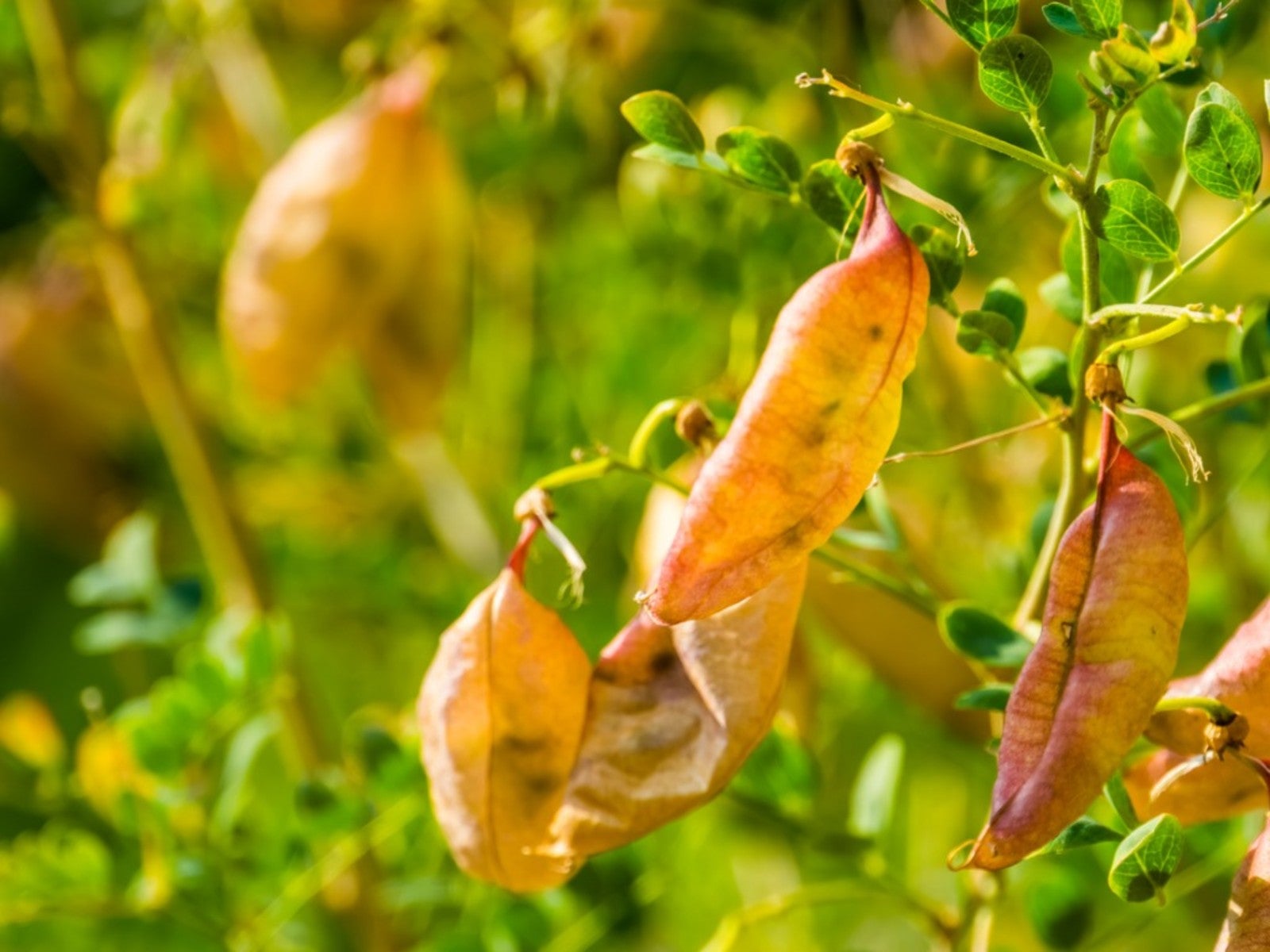Bladder Senna Info – Tips For Growing A Bladder Senna Bush


Whoever gave this shrub its common name – bladder senna - didn’t do it any favors. What is a bladder senna? Bladder senna bush (Colutea arborescens) is actually an attractive plant with spring flowers. Its puffy seed pods, which are in the shape of bladders, mature in autumn. Read on for more bladder senna information.
Bladder Senna Info
Bladder senna shrub is woody and deciduous and grows very rapidly. It tops out at 11 feet (3.6.m.) tall by 9 feet (3 m.) wide. Native to the Mediterranean region of Europe, you see quite a lot of it in the southwestern and northeastern parts of the United States.
Bladder senna bushes bear little, pea-type flowers in summer, pollinated by bees. Some are bright yellow, others pink or orange. The puffy seedpods hang on the branches of the shrub in September and October.
Note: The bladder senna seeds are poisonous.
Bladder senna bushes are pioneer plants that grow readily in disturbed areas. They attract wildlife and provide pollen for insects. The shrubs are hermaphrodite, which means that each one has both male and female organs. One reason gardens like to plant bladder senna is that they can fix nitrogen in the soil.
Some people use this shrub medicinally. The bladder senna leaves are said to be mildly diuretic and can be used instead of senna as a laxative. However, the effects are not reliable, making it difficult to count on this plant as a medicinal herb.
Growing a Bladder Senna
The best regions for growing a bladder senna are U.S. Department of Agriculture plant hardiness zones 5 through 7. They grow best in a site with six or more hours of direct sun but can also grow in semi-shade.
Sign up for the Gardening Know How newsletter today and receive a free copy of our e-book "How to Grow Delicious Tomatoes".
Bladder senna shrubs are not picky about soil types. They can grow in a variety of situations, accepting clay, loan, silt, sand and shallow rocky soil. They are not particular about soil pH either, and grow in acidic, alkaline and neutral soil.
The plant shrugs off strong winds, as long as they do not involve maritime exposure. Bladder senna bushes also tolerate atmospheric pollution.

Teo Spengler is a master gardener and a docent at the San Francisco Botanical Garden, where she hosts public tours. She has studied horticulture and written about nature, trees, plants, and gardening for more than two decades, following a career as an attorney and legal writer. Her extended family includes some 30 houseplants and hundreds of outdoor plants, including 250 trees, which are her main passion. Spengler currently splits her life between San Francisco and the French Basque Country, though she was raised in Alaska, giving her experience of gardening in a range of climates.